How does a bridge endure the relentless flow of traffic for decades, or an aircraft withstand the extreme stresses of takeoff, flight, and landing? The secret lies not in chance but in the mechanical properties of the materials they are built from. For engineers, manufacturers, and designers, understanding these properties isn’t optional—it’s the foundation for building reliable, safe, and high-performing products.
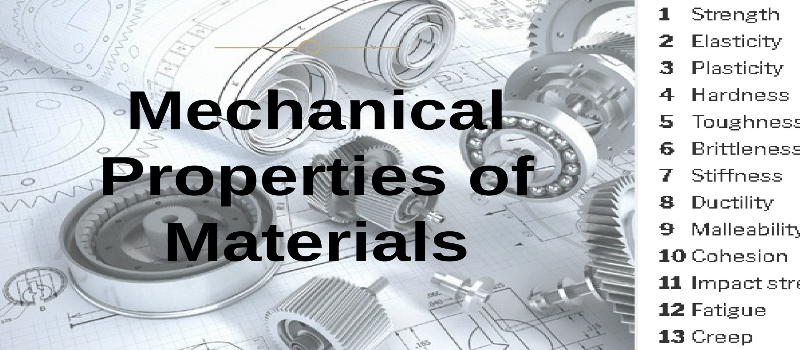
What Are Mechanical Properties and Why Do They Matter?
Mechanical properties describe how a material behaves under applied forces. They define whether a component can survive stress, strain, heat, and impact—or fail when it matters most. Key examples include:
- Hardness – A material’s resistance to wear and deformation, critical for parts like bearings and cutting tools.
- Toughness – The ability to absorb energy and deform plastically without fracturing, essential for impact resistance.
- Elastic Modulus (Stiffness) – Determines how much a material resists elastic deformation, vital in structural applications.
- Yield Strength – The stress level at which permanent deformation begins, ensuring structures don’t warp or collapse under load.
These properties determine whether a material is suitable for aerospace wings, automotive crash zones, skyscraper frames, or biomedical implants.
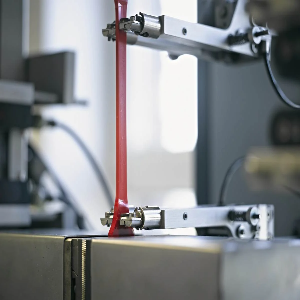
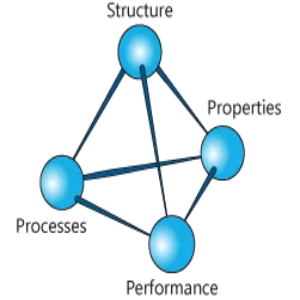
How Mechanical Properties Are Measured
Reliability starts with accurate measurement, achieved through standardized testing:
- Hardness Tests (Brinell, Rockwell, Vickers) – Indentation-based methods to measure resistance to localized deformation.
- Tensile Testing – Stretching a specimen until it fractures to evaluate strength and ductility.
- Impact Testing (Charpy, Izod) – Determining how much energy a material absorbs before breaking under sudden force.
Such tests are the industry’s safety net, ensuring that materials behave predictably before they are trusted in critical applications.
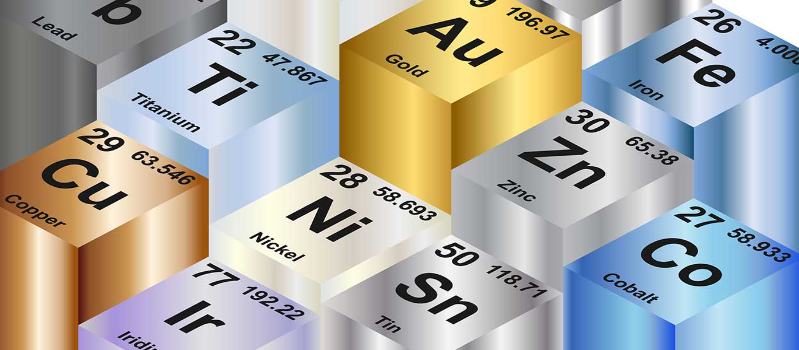
Comparing Materials: Metals, Ceramics, Polymers, and Composites
Different classes of materials exhibit different mechanical properties:
- Metals – Strong, ductile, and versatile, ideal for structural and load-bearing parts.
- Ceramics – Extremely hard and heat-resistant, but brittle under impact.
- Polymers – Lightweight, flexible, and corrosion-resistant, though often less strong.
- Composites – Engineered combinations (e.g., carbon fiber reinforced polymers) that balance strength, toughness, and weight.
This diversity allows industries to select the right material for the right job, whether that’s a jet turbine blade or a consumer electronics casing.
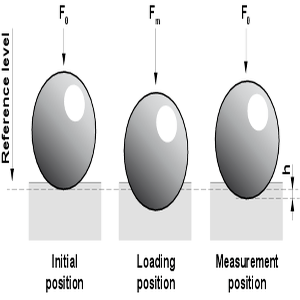

Application-Specific Requirements
- Aerospace – High strength-to-weight ratio for fuel efficiency and flight safety.
- Automotive – Toughness and energy absorption for crash protection.
- Construction – Strength and stiffness to support massive loads over decades.
- Biomedical – Biocompatibility and fatigue resistance for implants and medical devices.
Improving Mechanical Properties
Engineers use advanced methods to enhance performance:
- Alloying – Adding elements to metals for strength, ductility, or corrosion resistance.
- Heat Treatments – Processes like quenching, annealing, or tempering to alter microstructure.
- Reinforcement – Adding fibers or fillers to polymers to create strong, lightweight composites.
These techniques push materials beyond their natural limits, making them fit for the toughest environments.
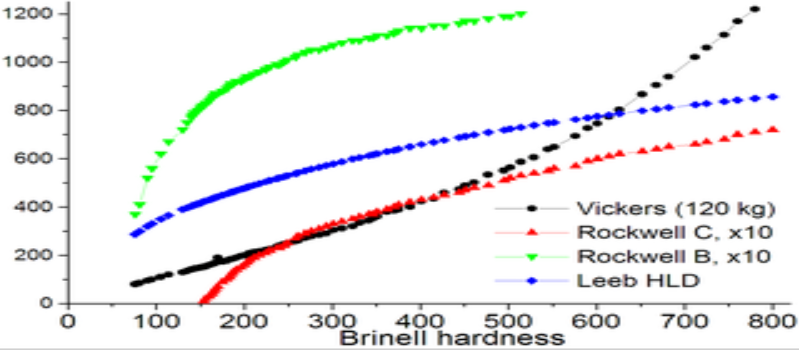
Key Questions in Mechanical Property Engineering
How do I select the right material?
Understand the stresses, environment, and lifespan requirements. For example, aerospace demands titanium alloys for their unique balance of strength, weight, and corrosion resistance.
What’s the link between mechanical properties and durability?
Hardness reduces wear, toughness prevents sudden failure, and strength ensures stability—together, they define long-term durability.
How do environments affect materials?
Heat weakens metals, cold makes polymers brittle, and corrosive conditions accelerate degradation. Protection and treatment are essential.
How are new materials tested?
Through mechanical and environmental testing that replicates real-world conditions, ensuring performance before mass adoption.
What about complex loading?
Under cyclic or multi-directional stresses, materials can fail through fatigue, requiring specialized analysis and testing.
What advanced techniques improve performance?
Nanostructuring, additive manufacturing, and advanced composites are redefining the limits of mechanical properties, offering lighter, stronger, and more resilient materials.
Conclusion
Mechanical properties are not abstract numbers in a textbook—they are the real-world limits and capabilities of materials. They decide whether a bridge will stand, whether a car will protect its passengers, and whether a medical implant will last inside the human body.
For engineers, manufacturers, and decision-makers, mastering mechanical properties means making smarter material choices, ensuring reliability, and pushing the boundaries of innovation. In short: they are the foundation of modern engineering excellence.





One Response
Your blog brightens my day like a ray of sunshine. Thank you for spreading positivity through your words.